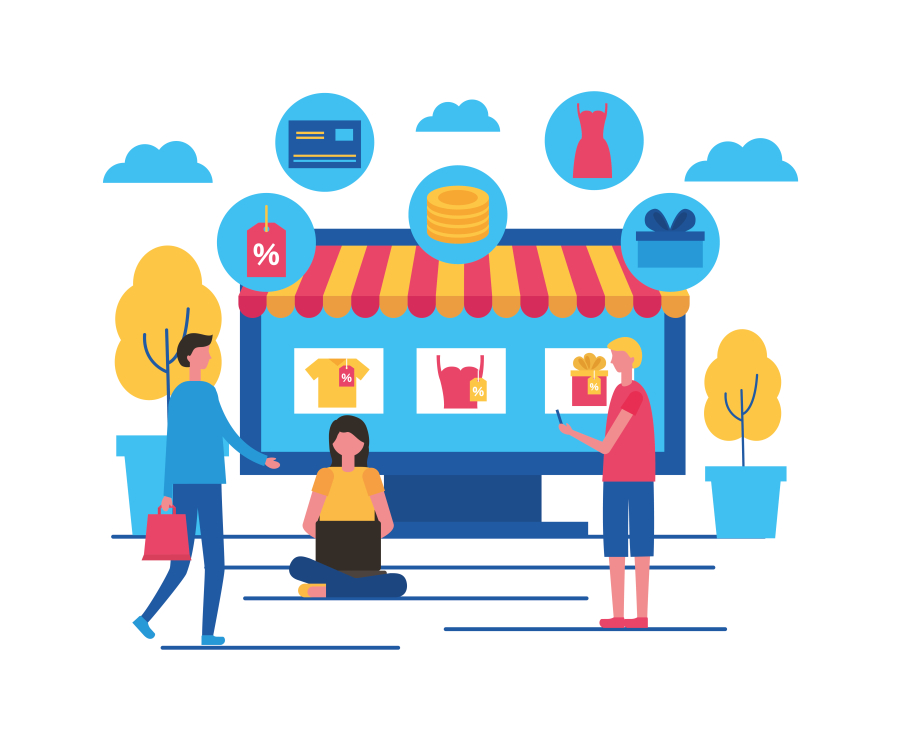Visual Storytelling in Design: Best Practices
In the fast-paced digital world, attention is currency. And for freelancers, particularly in design and creative fields, nothing captures and retains attention quite like a powerful story—told visually. Visual storytelling is more than just pretty pictures. It's the art of conveying a message, emotion, or brand identity through images, typography, layout, color, and flow.
At freelancerbridge, we guide creative freelancers in using strategic techniques to amplify their design impact. This article explores the principles, techniques, and tools of visual storytelling that help you not only attract clients but also deliver narratives that stick with audiences.
Long Description: How Freelancers Can Master Visual Storytelling in Design
Design without a story is decoration. Storytelling gives your design context and emotional depth. When applied skillfully, it can lead to better client engagement, stronger brand recall, and higher conversions.
This guide will walk you through:
The core principles of visual storytelling
Key elements and structure of a compelling visual narrative
Techniques and tools to implement it
Mistakes to avoid
Freelancing tips specific to storytelling in client projects
Let’s explore how you can make your designs not just seen—but felt and remembered.
1. What Is Visual Storytelling?
Visual storytelling is the use of visual media—like images, illustrations, icons, layout, typography, color, and flow—to communicate a narrative.
In freelancing, this could mean:
Designing a homepage that walks the user through a company’s value
Creating a logo that encapsulates a brand’s mission
Building pitch decks that engage investors visually
Designing social media graphics that inform while evoking emotion
It's not about complexity—it's about clarity and emotional resonance.
2. Why Visual Storytelling Matters in Freelance Design
✔ Enhances Communication
Some ideas are better shown than explained. Visuals communicate instantly.
✔ Builds Emotional Connection
Stories make people care. A compelling design story builds loyalty and trust.
✔ Improves Brand Recall
People remember stories, not isolated facts. Visuals make your message sticky.
✔ Elevates Design Value
Story-based design stands out and commands higher rates. Clients see strategy, not just visuals.
✔ Supports Multichannel Marketing
Visual storytelling works across formats—web, mobile, print, social, and video.
3. Key Elements of Visual Storytelling in Design
To craft a strong narrative through design, use the following building blocks:
🔹 Characters
Who is the story about? It could be a customer persona, founder, or brand identity.
🔹 Setting
Where and when is the story happening? Establish this through visuals that depict environment, context, or time.
🔹 Conflict
What problem is being solved? Highlight pain points through emotional cues or contrasts.
🔹 Resolution
How does your product, service, or design solve the problem? This is where your call-to-action or solution is presented.
🔹 Emotion
Use color, photography, and design hierarchy to evoke feelings—trust, curiosity, urgency, joy, etc.
4. Design Techniques for Effective Storytelling
✅ Layout Flow
Use directional layout and whitespace to guide users through a journey. Think like a film director—frame by frame.
✅ Color Psychology
Colors evoke emotion. Use them to reflect tone—blue for trust, red for passion, yellow for optimism.
✅ Typography Hierarchy
Fonts tell stories too. Serif fonts feel traditional; sans-serif feels modern. Script fonts are emotional. Use type hierarchy to create pace and emphasis.
✅ Imagery and Iconography
Choose visuals that feel human. Stock images can work if they’re relevant, contextual, and emotionally resonant.
✅ Microinteractions and Animation
Add motion to tell stories in digital interfaces—loading bars, hover states, transitions. They enhance narrative flow.
5. Structuring Your Design Like a Story
Treat your project like a story arc. This works especially well in landing pages, presentations, and portfolio projects.
Stage Design Equivalent
Hook Hero image, bold headline, intro section
Problem Visual representation of challenge or pain
Solution Product, features, or process visuals
Proof Testimonials, stats, awards, client logos
Call to Action Button, form, final visual invitation
This flow can be used repeatedly for different projects—just adjust the intensity and detail as per platform.
6. Tools to Help Visual Storytelling
Here are powerful tools for freelance designers:
Tool Purpose
Figma UI design with prototyping and collaboration
Canva Pro Quick storytelling for non-coders
Adobe Illustrator Custom illustration and branding visuals
Storyset / Freepik Ready-made storytelling illustrations
Notion / Google Slides Story-driven client presentations
LottieFiles For animated storytelling on web/apps
Use these tools not only to design but to present your story clearly to clients.
7. Freelancing Tips for Story-Driven Design Projects
🟩 Listen Before You Design
Ask clients about their brand’s story, customer pain points, and journey.
🟩 Use Storyboards
Sketch or outline your design story before building. It saves time and reveals holes in logic.
🟩 Present with Narrative
When sending mockups or pitch decks, explain the story behind every design choice.
🟩 Specialize in Visual Storytelling
Position yourself as a visual storyteller, not just a designer. This increases your value and rates.
🟩 Include Case Studies
Show past design projects with “before and after” stories. Clients love to see transformation.
8. Common Mistakes in Visual Storytelling
Mistake Fix
Too much visual clutter Focus on one message per screen or section
Weak story structure Use story arc: intro, conflict, resolution
Inconsistent visuals Maintain color palette and illustration style
Ignoring target audience Customize tone, style, and content accordingly
Overuse of stock visuals Customize or create original where possible
Every design element should serve the story. Avoid distractions or unrelated visuals.
9. Client Case Study: A Brand Redesign That Told a Story
A freelance brand designer rebranded a small coffee startup. Instead of showing just a new logo, they presented:
An image of a local farmer holding coffee beans (origin story)
A packaging mockup with hand-drawn art (emotional resonance)
A storefront photo with warm lighting (experience setting)
The story flowed visually—and the client immediately signed off.
Result:
The client said, “Now our brand feels human.”
This is the power of good storytelling in design.
Conclusion: Design That Tells a Story Converts Better
Great design does more than look good—it communicates, engages, and moves people. As a freelancer, mastering visual storytelling will make your work stand out and your pitches more persuasive. It's not just about the tools you use, but how you use them to craft a meaningful narrative.
At freelancerbridge, we empower freelance creatives to turn designs into memorable experiences. Keep refining your storytelling abilities—not only will your clients notice, but they’ll remember your work long after the project ends.


 by Emily
by Emily




